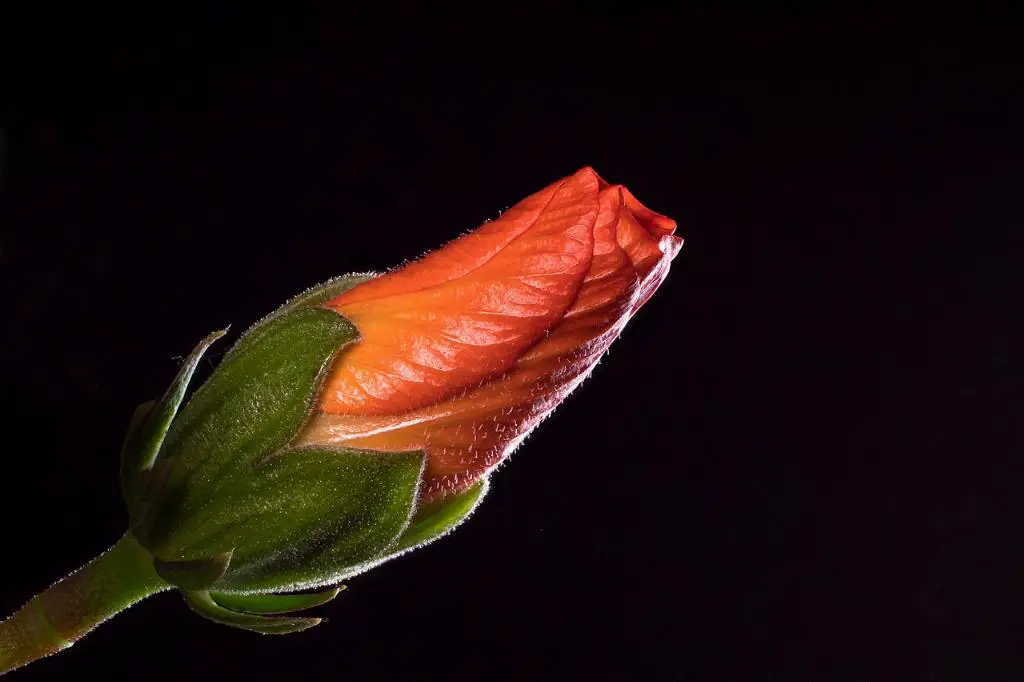Yellow leaves on your hibiscus tree can be quite concerning, but fear not, as there are several common reasons why this may be happening. One of the key factors to consider is the watering routine for your plant.
The Impact of Over-Watering and Under-Watering
One of the primary reasons why your hibiscus leaves may be turning yellow is due to issues with watering. Both over-watering and under-watering can have adverse effects on your plant’s health. If the soil is consistently soggy, it can lead to root rot, causing stress to the plant and resulting in yellowing leaves.
The Importance of Finding the Right Balance
Ensuring that you strike the right balance with your hibiscus watering schedule is crucial for maintaining the plant’s health. Proper drainage and allowing the soil to partially dry out between waterings can help prevent issues related to over-watering.
Considering Light Exposure
Another factor to consider is the amount of light your hibiscus tree is receiving. Insufficient light can lead to nutrient deficiencies and hinder the plant’s ability to photosynthesize, ultimately resulting in yellow leaves.
Assessing Soil Quality
The quality of the soil your hibiscus plant is potted in can also play a significant role in leaf discoloration. Poor soil composition can impact nutrient absorption, leading to yellowing leaves as the plant struggles to obtain essential elements.
The Influence of Temperature and Humidity
Extreme fluctuations in temperature or humidity levels can stress out your hibiscus tree and manifest as yellow leaves. Maintaining a stable environment for your plant by avoiding sudden temperature changes can go a long way in preventing leaf discoloration.
Understanding Nutrient Deficiencies
Yellowing leaves can also be indicative of nutrient deficiencies, such as nitrogen, iron, or magnesium. Conducting a soil test to identify any lacking nutrients and adjusting your fertilization regimen accordingly can help address this issue.
Pest Infestations and Diseases
Additionally, pest infestations, such as aphids or whiteflies, can damage your hibiscus tree and lead to yellowing leaves. Keeping an eye out for any signs of pests and promptly addressing them is crucial in maintaining the plant’s health.
The Significance of Pruning
Regular pruning of your hibiscus tree can help improve air circulation and promote healthy growth. Trimming off any yellow or diseased leaves can prevent the spread of issues and encourage new, vibrant growth.
Environmental Stressors
Environmental stressors, including pollution or exposure to chemicals, can also contribute to yellowing leaves on your hibiscus plant. Ensuring that your plant is situated in a clean and safe environment can help mitigate these issues.
Seeking Professional Advice
If you’ve tried addressing potential causes for yellowing leaves on your hibiscus tree and are still facing issues, seeking advice from a horticulturist or plant expert may be beneficial. They can provide tailored recommendations based on your specific plant’s needs.

Conclusion: Nurturing Your Hibiscus Tree
In conclusion, yellow hibiscus leaves can be a symptom of various underlying issues, ranging from watering irregularities to nutrient deficiencies and environmental stressors. By understanding these common culprits and taking proactive measures to care for your plant, you can ensure that your hibiscus tree thrives and displays vibrant, healthy foliage.
